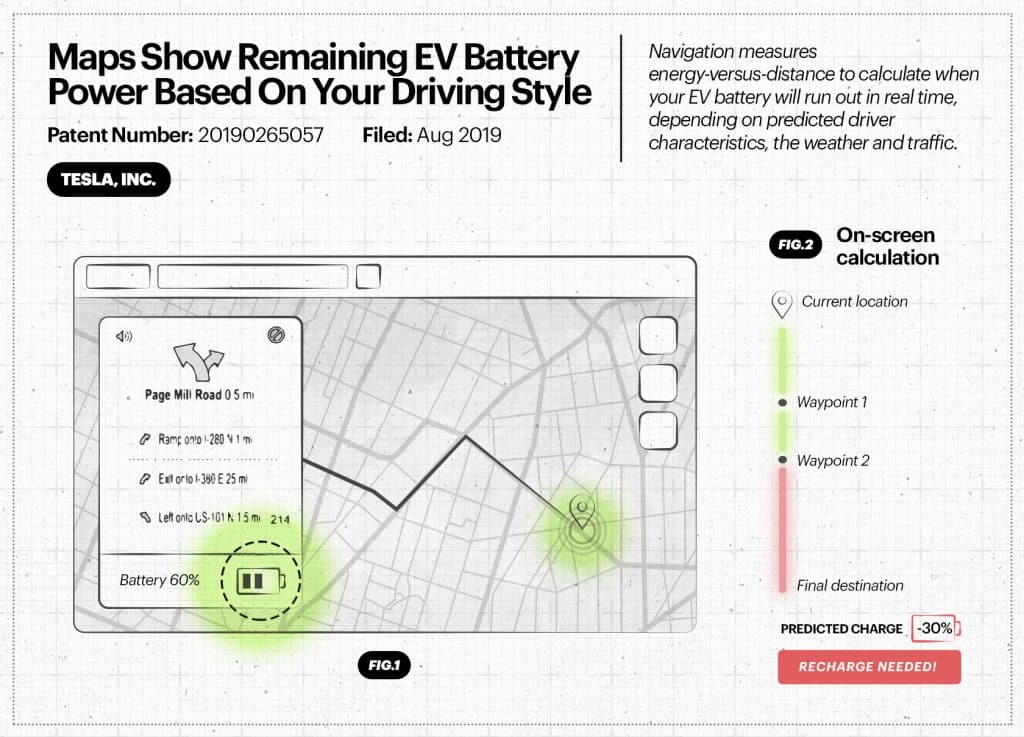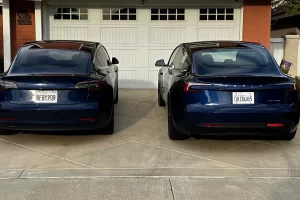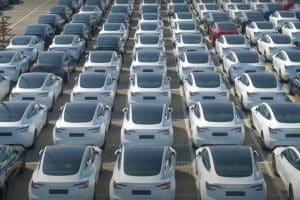Like other manufacturers, Tesla files a lot of patents, but this does not necessarily mean that a patent filing guarantees that a specific feature can make it into production. Some of the concepts they want patented under their name seem to be suited for a sci-fi flick, while others are more down to earth with a greater chance that they can achieve production.

What is the craziest one out of all these Tesla patents? Well, the distinction has to go to what the manufacturer wants to replace with windshield wipers – almost replace them, anyway, because the laser beams would actually remove debris and dirt from the screen, and not so much keep raindrops off the screen so that the driver can see ahead.
Thus, although this very cool concept was proposed as a potential substitute for conventional wipers, Tesla is envisioning more as a cleaning solution that can be used not only on glazed surfaces, but also on photovoltaic panels. Therefore, both the lasers and actual wipers implemented on the same vehicle could be seen.

Next up is the steering wheel that will receive touch-sensitive panels – as some have erroneously claimed, they are not touchscreens; they are a similar solution to what manufacturers such as Mercedes-Benz currently offer on production vehicles.

Another one that is less spoken about is a device for age recognition that is incorporated into the seats. Its purpose is not only to estimate the occupant’s age, but also their rough size and weight. In the event of a collision, this is crucial knowledge so that the car recognizes which airbags to deploy and how severly they should be deployed.

Tesla also needs to let the car know if the seat belt is incorrectly used by any passengers. Basically, this brings to the next stage the seatbelt controls that are currently in all new vehicles. The car would know for example, via sensors, whether any of the passengers are not completely restrained by the belt (say, they have one arm over the belt) or if it is just connected to the seat and someone is simply just sitting on it.

If you have ever driven electric cars, then you will know that the estimates of their range are sometimes incorrect. Most of this inaccuracy is due to how the car is used which fundamentally impacts energy consumption, which is why Tesla has filed a patent for a feature in the navigation system that measures energy versus distance to determine when, depending on expected driver features, the weather and traffic, your EV will run out in real time.
Want to buy a Tesla Model 3, Model Y, Model S, or Model X? Feel free to use my referral code to get some free Supercharging miles with your purchase: http://ts.la/guanyu3423
You can also get a $100 discount on Tesla Solar with that code. Let’s help accelerate the advent of a sustainable future.





